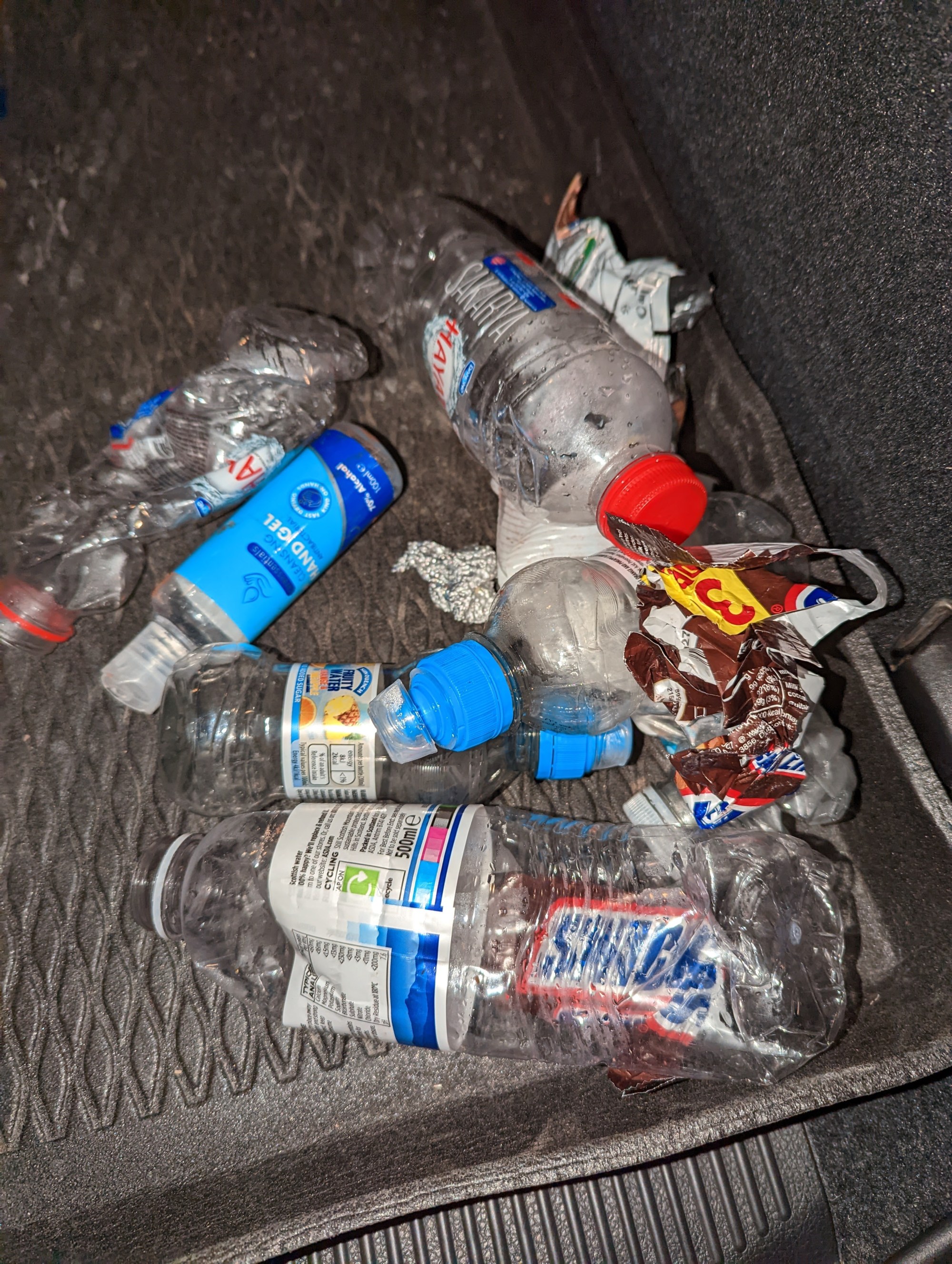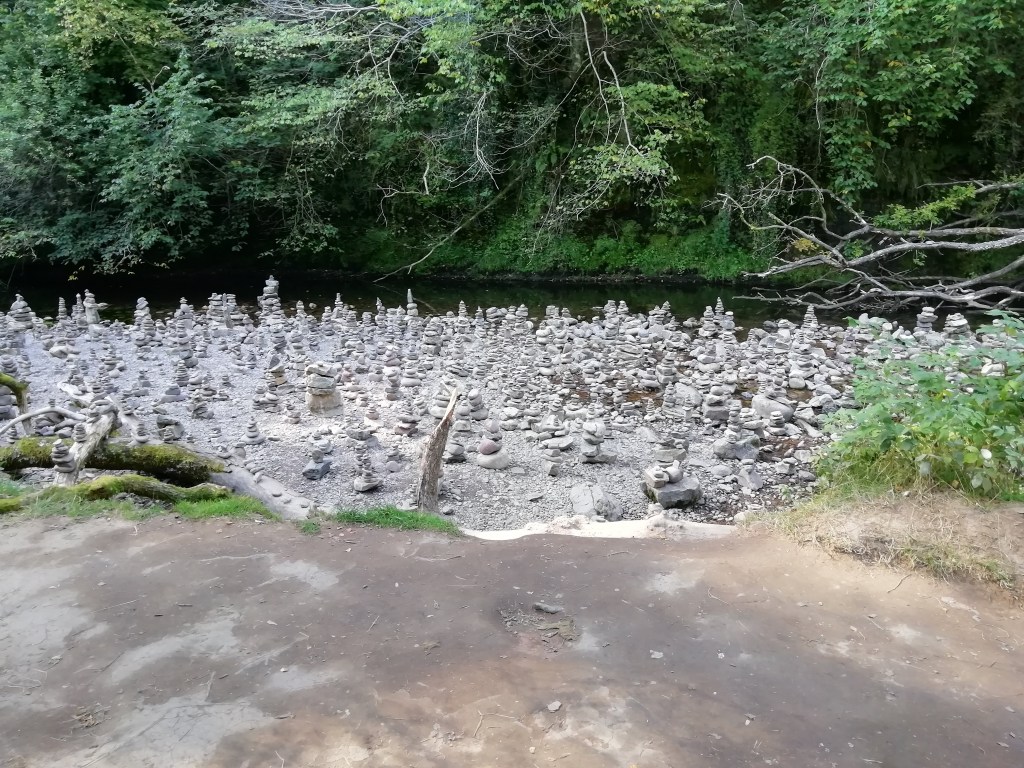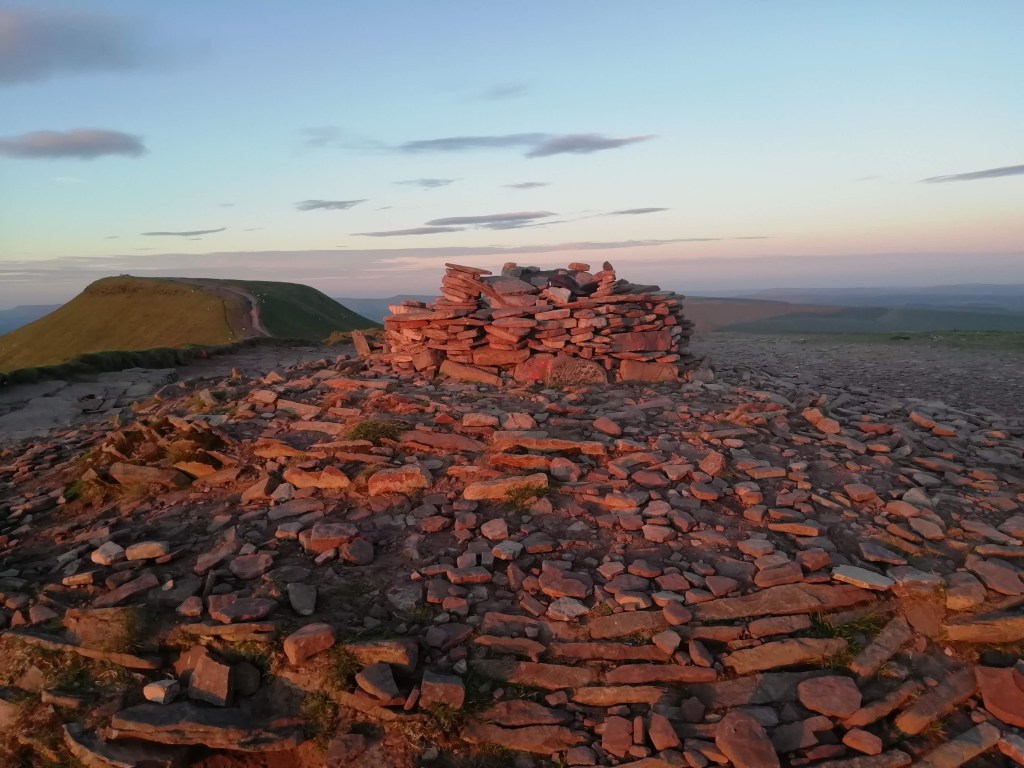“Leave No Trace” is a very simple and powerful message and mostly understood by all. If you “Google” “Leave No Trace” you will come across the seven principles namely.
- Plan ahead and prepare
- Travel & camp on durable services
- Dispose of waste properly
- Leave what you find
- Minimise fire impacts
- Respect wildlife
- Be considerate of others
The above are self explanatory and need no further explanation from myself what each means and how we can abide with these seven simple principles. I would also hope that all understand the need to “Leave No Trace” when exploring our beautiful countryside.
In the UK alongside “Leave No Trace” we also have the Countryside Code, which has 3 principles namely.
- Respect
- Protect
- Enjoy
Again the three principles are self explanatory, however, if you want further detail you can visit the link above.
Like “Leave No Trace”, the Countryside Code is mostly common sense and I would hope that all would know how to behave when visiting the countryside.
So why this Blog on “Leave No Trace” if we all know how to behave?
There is a social problem developing in the countryside, which it appears to be “ok” to leave a trace! I’ll take you through a few examples…..
Stone balancing or cairn building
I know cairn building has been something our ancestors have been doing for thousands of years for various reasons from marking burial sites, high points, path junctions and also path markers. These cairns are considered official cairns and are often included on maps as they serve a purpose or of historical importance. Additional cairns built above and beyond these ones can and will add confusion especially during poor weather conditions. In addition removing or moving stones from the ground to build cairns leads to environmental and ecological damage within the area. Park Wardens are constantly working in removing these additional cairns before they cause confusion, too much damage or set a president for others to do the same!
Stone balancing has become very popular around rivers and on the top of mountains over recent years. Again whilst this act may appear innocent with the output considered to be visually appealing to some the same environmental and ecological damage is created by moving these stones into position. Again Park Wardens work hard to remove this structures for the same reasons as above.
So please don’t build new cairns or add to old cairns, or stone balance, leave the rocks and stones on the floor where they belong.
Decorating Stones & Rocks
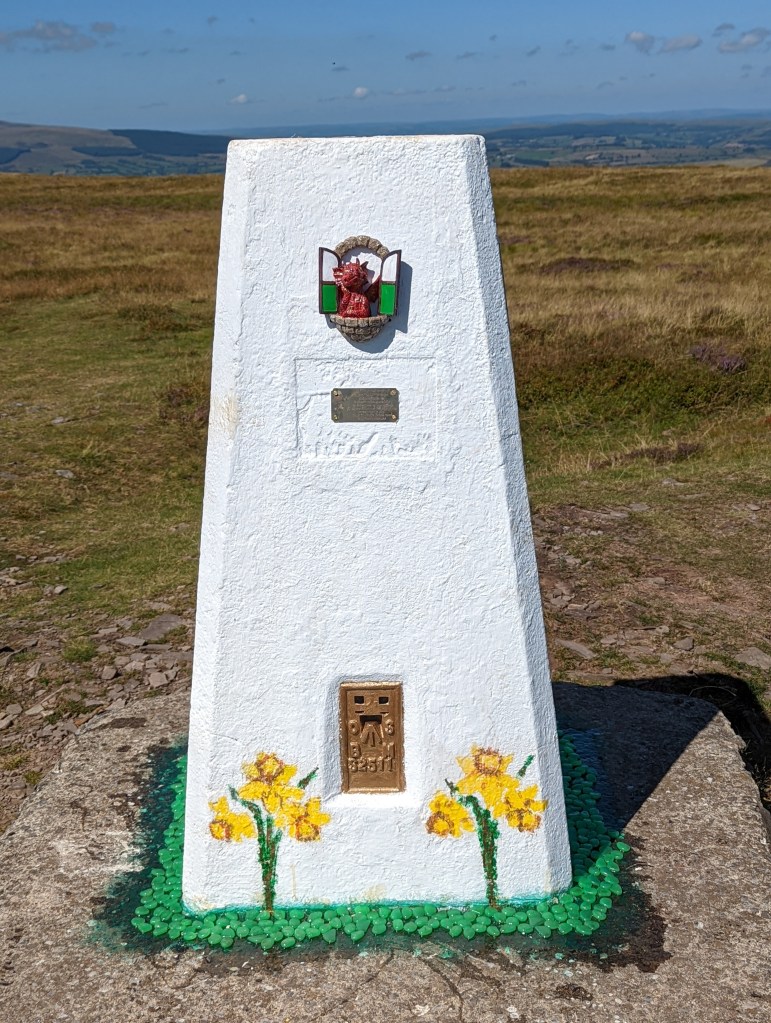


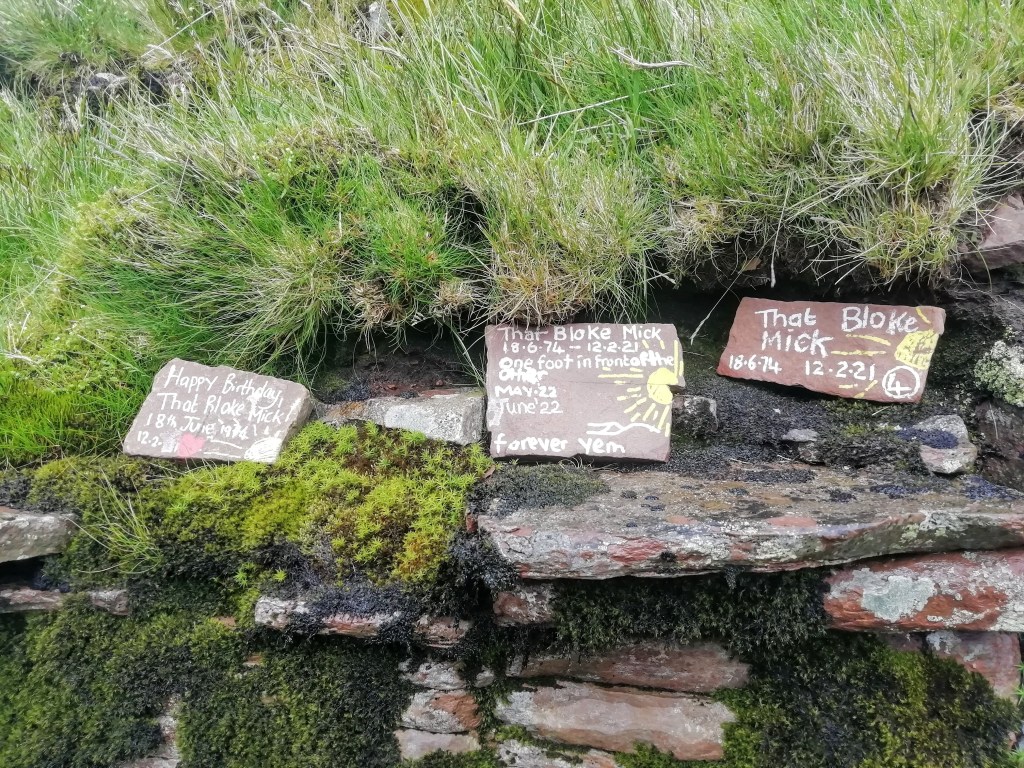
Again something I am coming across more and more in the mountains, some examples include; painted pebbles that have been brought up and added to a summit cairn to prove that someone has been there, trig pillars decorated and rocks painted as a memorial to a person. At first sight these can be considered as a lovely thing or gesture and the odd one can’t be doing any harm. However, this is not the case, as more often than not others will start doing the same thing or something similar. Before long our countryside becomes a sea of painted stones detracting from the natural beauty of the area. – See this news article in the Telegraph.
Apple Cores, Banana Skins & Orange Peel
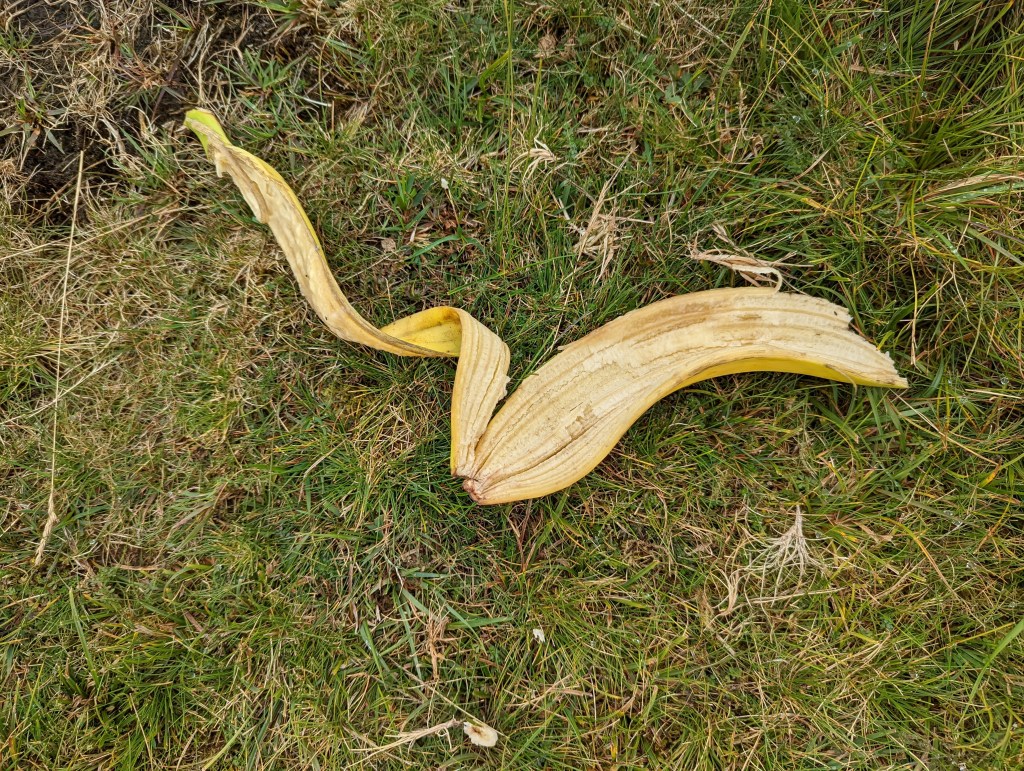

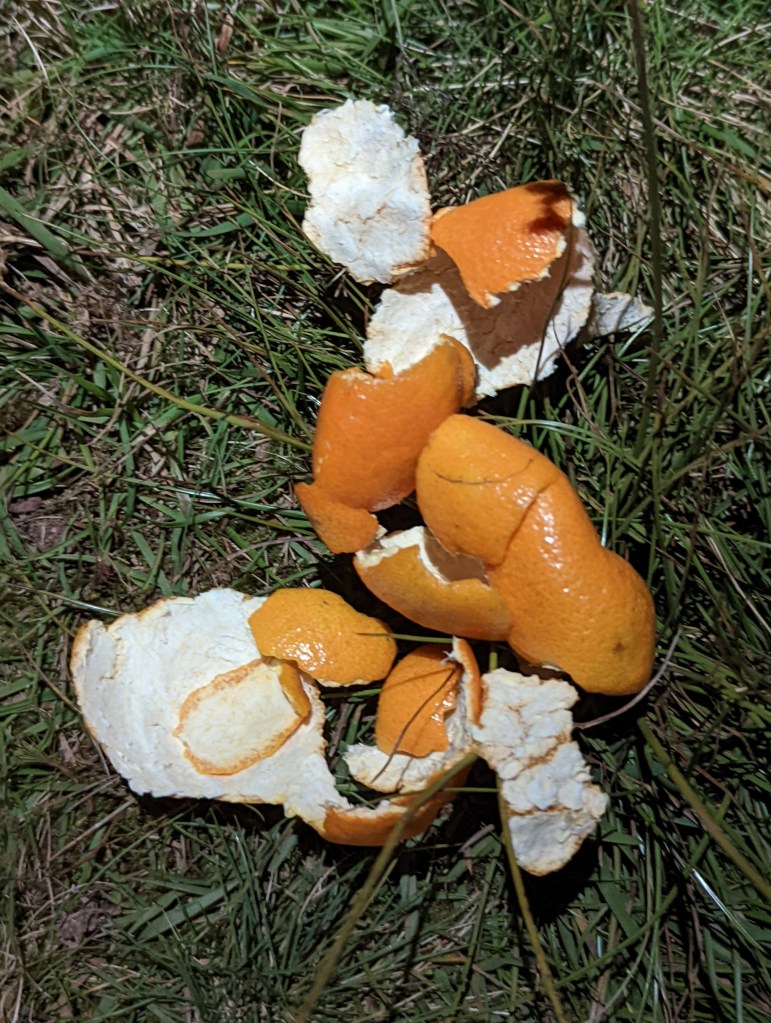
A frequent question I get asked is it ok to leave banana/orange peels and or apple cores behind.
My response when asked about cores and peels is to carry it until we come across the plant which it originated from and it can be left there. As there are no banana, orange or apple trees in the mountains they are brought down!
Why? It’s a natural product, it will decompose and will add nutrients to the soil.
In the mountain environment it will take much longer to decompose due to a number of factors including but not limited to environmental and ecological conditions. An apple core can take up to 2 months to decompose, banana skins and orange peels 2 years! In addition when decomposed they will not add to the soil nutrition but adversely affect it i.e. change the soil nutrition content so that natural plants for the area will struggle to grow.
BBQs & Fires
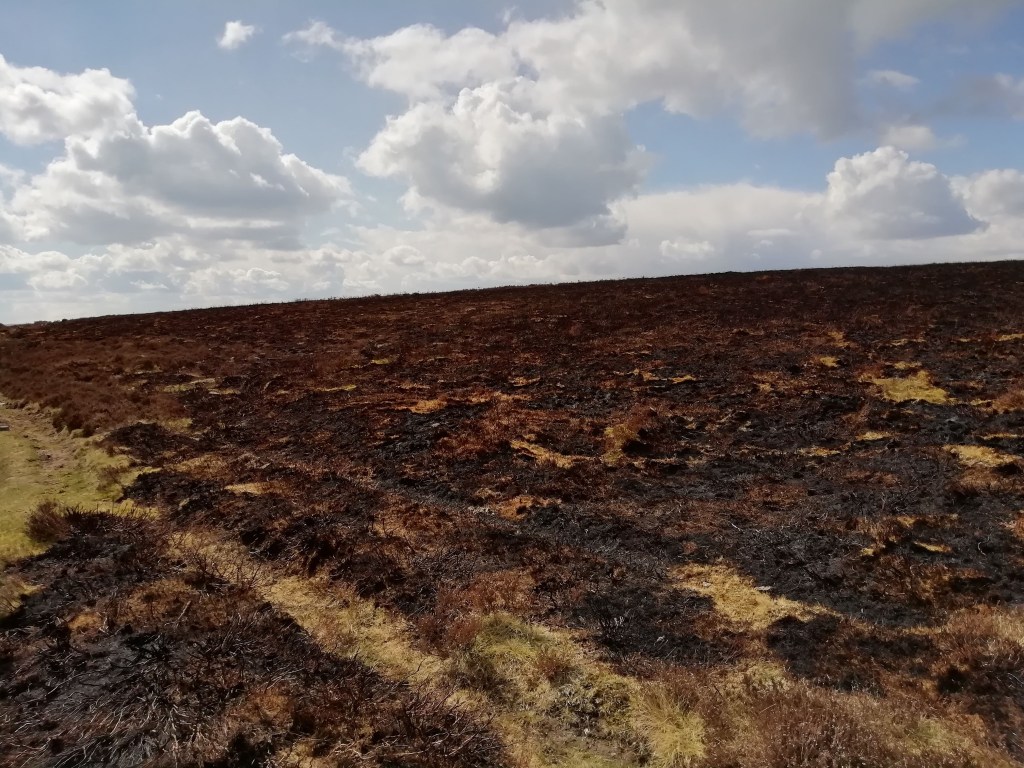

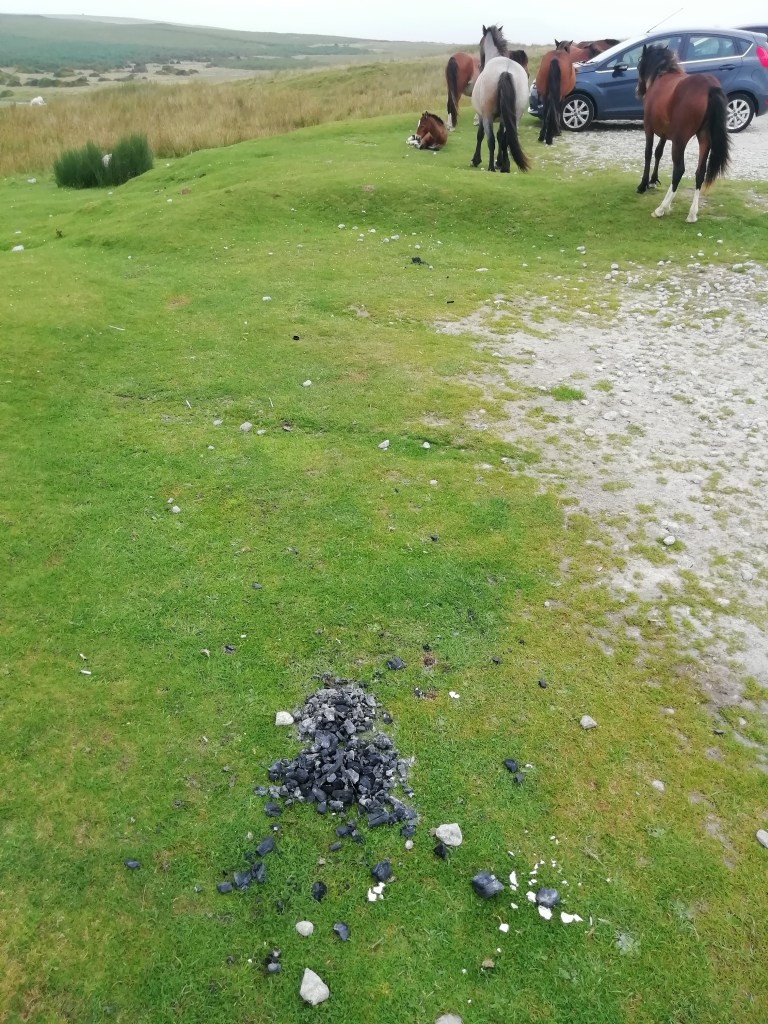
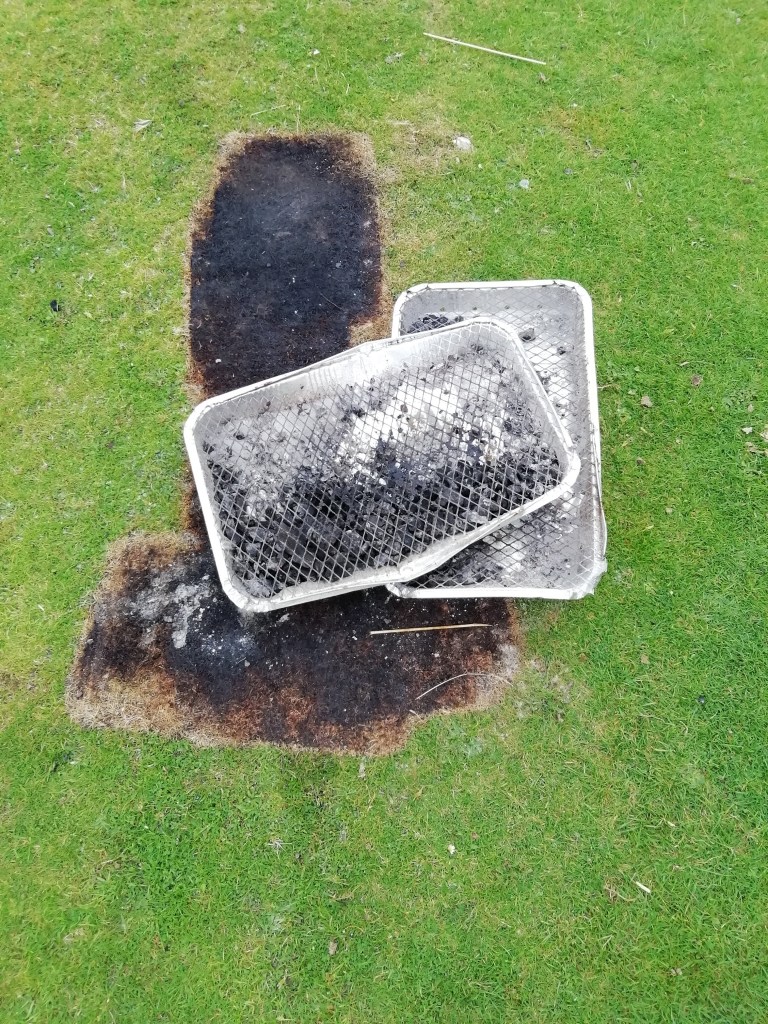

The majority of our upland area is covered in peat, peat when dry is an excellent fuel for fire. Peat burns very hot and can easily and quickly spread across a wide area killing plant life and animals in its path. If you talk to the fire brigade they always say that the most dangerous and difficult fires to put out are these wild fires.
We should do everything in our control to stop the possibility of a wild fire starting by not using disposable BBQs or making camp fires in the uplands. The alternatives include bringing a cold picnic for your lunch or if you need to cook use a suitable stove and have it set on a rock or similar i.e. off the peat or grass.
Used Tissue Paper
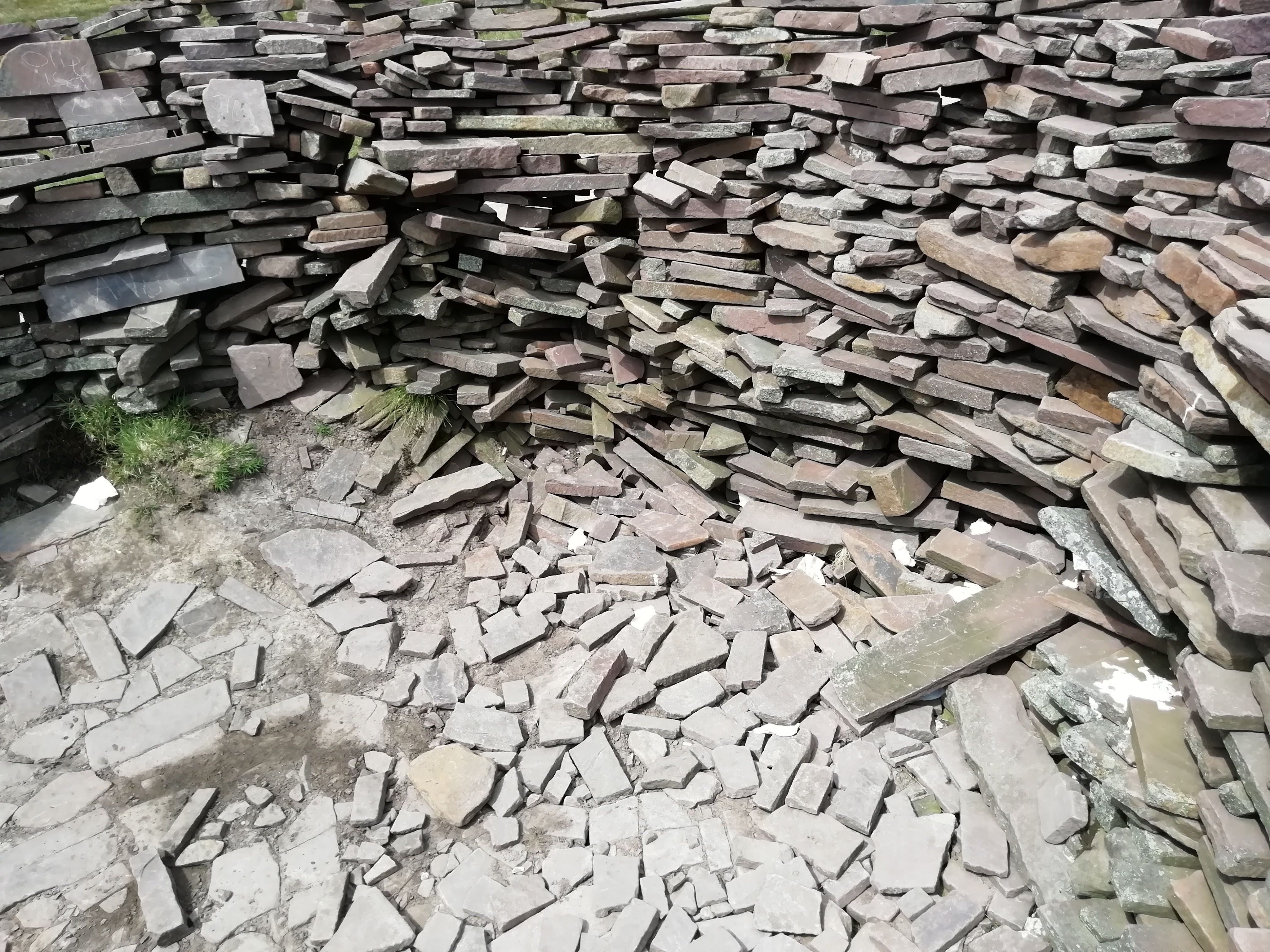

I suspect we all agree not the nicest thing to come across when exploring our mountains. Unfortunately it is becoming a common problem most often or not found in walkers shelters (man made stone structures offering protection from the weather) as these provide ideal place to toilet!
So first of all please toilet respectfully to the environment you are in, take yourself away from the path and find a secluded spot and leave no trace! Don’t use walker shelters as toilets, these provide a vital safe space and protection when either resting, having a meal or even in an emergency. In addition toileting should be at least 50m away from water sources (streams, ponds and lakes etc.), and number “2s” should be buried in hole at least 15cm deep.
If you need to go to the loo and have to use toilet paper then use the two bag system, one bag holds clean dry toilet paper, the second bag holds your used toilet paper. This way it can be easily carried off and disposed of properly. Don’t bury the toilet paper or set it alight, this is old advice which is no longer recommended.
Final Thoughts
Our upland area is fragile ecosystem which needs to be protected, and all users of the upland have a duty in its protection, this includes us, hikers, climbers and walkers! We all need to be ambassadors for “Leave No Trace” so that following generations can experience the unspoilt beauty that we currently enjoy.
In the UK all land has an owner and therefore we cannot treat the land as our own and therefore cannot do as we please. We have permission to access the countryside and upland environments through the “Rights of Way” and “Countryside Rights of Way” acts, these acts not only describe the responsibilities of the land owners but also the responsibilities of the users. We are currently pushing for more access rights but if we fail in our duty to respect and protect we could see our access rights being reduced or removed.
If you come across something which you believe contravenes “Leave No Trace” that cannot easily, sensitively and environmentally be remedied by yourself then contact either the land owner or the National Park Authority to report it.

